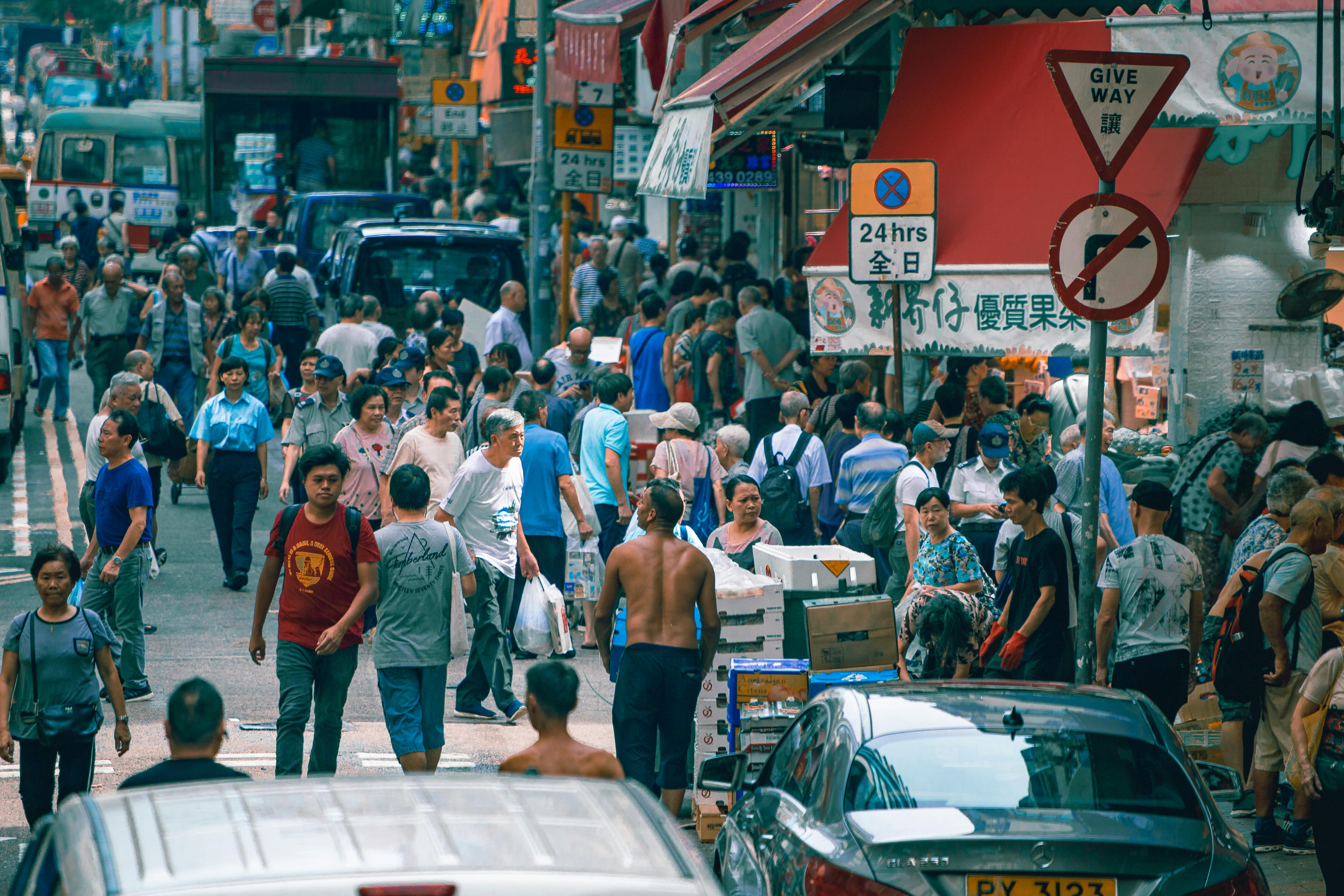A tour of the Guatemalan highlands will immerse the traveler in the archeology of the last Mayan aborigines from 900-1524, with unparalleled experiences of how archaeological knowledge about society, culture and astronomy is read in the ruins of the richest civilization in the Americas. . Adventure travelers are guided by an archaeologist, author of many volumes. Our archaeologist tour director also deciphers the major Mayan sites of the ever-temperate highlands. The many Maya living in the region today also provide clues in their ways of life for reconstructing the rich past. This incomparable experience of learning by doing archeology and anthropology is joined by observations of the incredibly rich flora and fauna under the guidance of an expert ornithologist.
Mayan Green Tours offers a ten-day expedition combining archaeology, cultural anthropology and bird watching to Guatemala June 11-22, 2007. The four thousand year old Mayan culture still flourishes in the Guatemalan highlands among millions of Mayan speakers today. While getting a glimpse of the Mayan aborigines in this year’s film Apocalypto, our tour fully places our members among the still living Mayan communities with their colorful costumes, religious rituals and dance ballads, and more generally lifestyles of the millennia. The discerning traveler thus experiences the ancient Maya in their archeological mountaintop cities, as well as the Maya living at the foot of these mountains in their indigenous communities today. This is the most authentic educational and adventure learning environment of the main indigenous civilization of the Americas. In the achievements of writing, the construction of cities, and the architecture of kings and high priests in palaces and temples, the Maya rank among the Egyptians, the Greeks, the Romans, and the Chinese. If one wants to fully understand the Americas, it is imperative to understand their civilization.
The observation of wildlife in its natural habitat is the second of our two objectives. The Mayan landscape is also a biotic treasure where wildlife abounds around every tree. The environment of the Guatemalan highlands is also unparalleled in its natural beauty: high volcanoes surround highland lakes, a rich diversity of flora and fauna are found in a spring-like climate of mild days and cool nights throughout the year. The different altitudes make the excursion rich in a constantly changing biotic diversity with each kilometer. Ecotourism thus multiplies the Mayan experience in its natural settings.
We travel by van through the verdant valleys and mountains of the highlands to see the Mayan cities in their natural surroundings, as they were on the eve of the arrival of the Europeans immediately after Columbus. Our first stop outside the Central American metropolis of Guatemala City is Iximche, the location of Guatemala’s first city (then called “Cuauthemala”) where Spanish conquistadors garrisoned themselves in 1524. At 7,000 feet, the citadel of Iximche It was the capital of the Cakchiquel Maya with whom the Spanish conquistadors allied themselves in their strategy to “divide and conquer” the main Mayan kingdoms. This strategy was unlikely to succeed, as the native population numbered in the millions and the Spanish military strength numbered merely in the hundreds. But in the final analysis, the plan defied the odds for victory. However, the Maya have dealt with conquistadors before and have held out to rise again. And they have, because they represent the only American Indian civilization still intact in many of its original practices.
Iximché’s marvelous palaces, temples, ancient ballcourts and murals have been unearthed through meticulous archaeological excavation to make the site the best preserved in the highlands. The city is intact and everything is there for the understanding of the meanings attributed by the Mayans. In this highest altitude site and in all the sites that the tour visits, a variety of birds inhabit the ruins.
The second day you will find the group at Lake Atitlán, which is incomparable for its pristine beauty, for bird watching within the Atitlán Nature Reserve, where hundreds of species of birds have been sighted and recorded. Next, we’ll sail 10 miles across the lake and tour the ruins of the Tzutuhil capital of Chuitinamit in one of the most picturesque places in the world. More avian-minded adventurers can scale the forest-shrouded San Pedro Volcano, with rich views of tropical birds and the Pacific coastal plain below.
In cosmology, Lake Atitlán was the southernmost edge of the Mayan world and was conceived as the site of the famous creation of humanity dramatized in the Mayan book Popol Vuh. (This book is the largest Native American epic and has been translated into all European languages and many more throughout the world.) After a night of birding in San Lucas Tolimán, the group can participate in the ongoing mapping of the only known Mayan zodiac. The archaeological remains of the zodiac, with each of the constellations of the night sky carved into huge rocks, is where the assembled Mayan tribes would light the flame of the solar calendar during the last week of January of each year. Maya chronicles detail the actual ceremony and dance; vestiges of the ancient ceremony were performed until about 50 years ago and are still remembered.
While the zodiac was simply the southern ritual point for the highland Maya, the political and cosmic center was Utatlán (K’umarcaaj). This city was seen as the center of the Mayan ritual and political cosmos. The astronomical principles that dictate the arrangement of the temples, caves and palaces of the most revered of the Mayan highlands to coincide with the equinoxes, solstices and the rising and setting of particular constellations, will be decoded on the site by Dr. Fox, based on his Three Decades of Research.
When the conquistadores burned down Utatlán as a stronghold of Mayan resistance in 1524, its population was forcibly removed to nearby Chichicastenango. Tour members will have the opportunity to haggle with Mayan vendors for their textile handicrafts, dance masks, pottery and much more at today’s fortnightly market in Chichicastenango’s central plaza in the same manner as when it was held in the plaza central. utatlán square before.
The tour culminates with a flight to Tikal in the lowlands to see two-hundred-foot-tall temples looming over the jungle canopy and enjoy experiences from some of the richest birding spots in the world. Bird watching enthusiasts will likely note this as a trip highlight, as will most visitors to Tikal. Tikal is testimony to the greatness and mettle of the Classic Mayas. It is an enduring legacy of which the people of Guatemala are proud.
The traveler will return with memories to fill a lifetime; The Mayans will be known firsthand in person and in their powerful archaeological achievements that have come to represent the indigenous civilization of the Americas. Flora and fauna will be observed and likely photographed in their native habitats in both the tropical highlands and lowlands, which together comprise an almost unparalleled diversity of species.
Dr. John Fox along with Roy Smallwood formed Mayan Green Tours, Inc. to present tours of the rich archaeological and cultural labyrinth and ecosphere of Guatemala. Dr. Fox is a leading authority on the Maya and has published extensively after spending 30 years researching the Guatemalan highlands. Roy Smallwood joins the tour assisting in the identification of Guatemalan avifauna.




